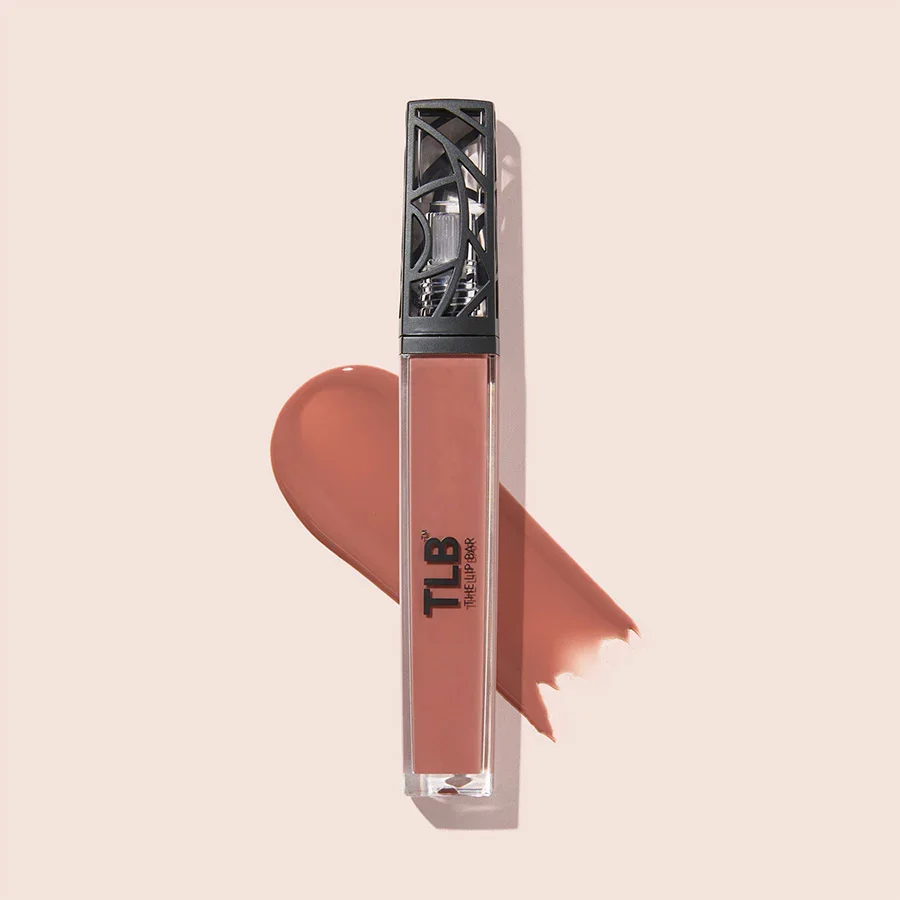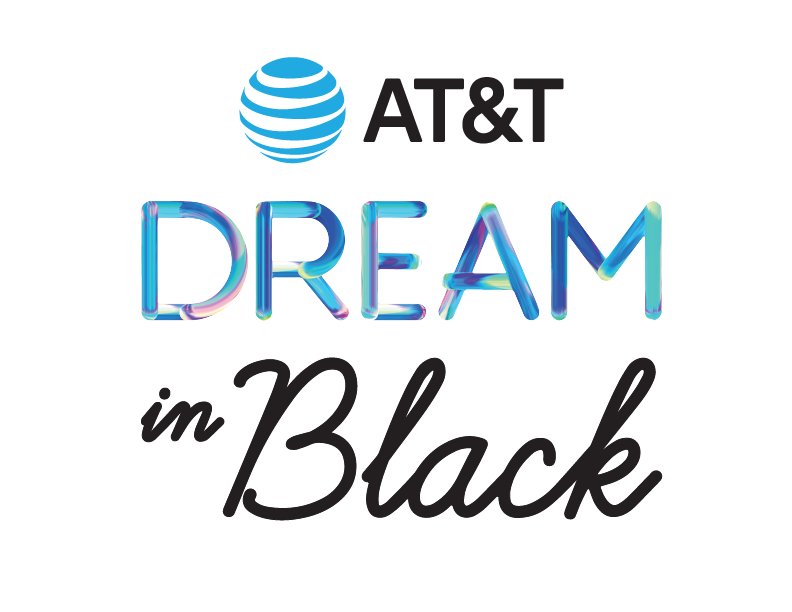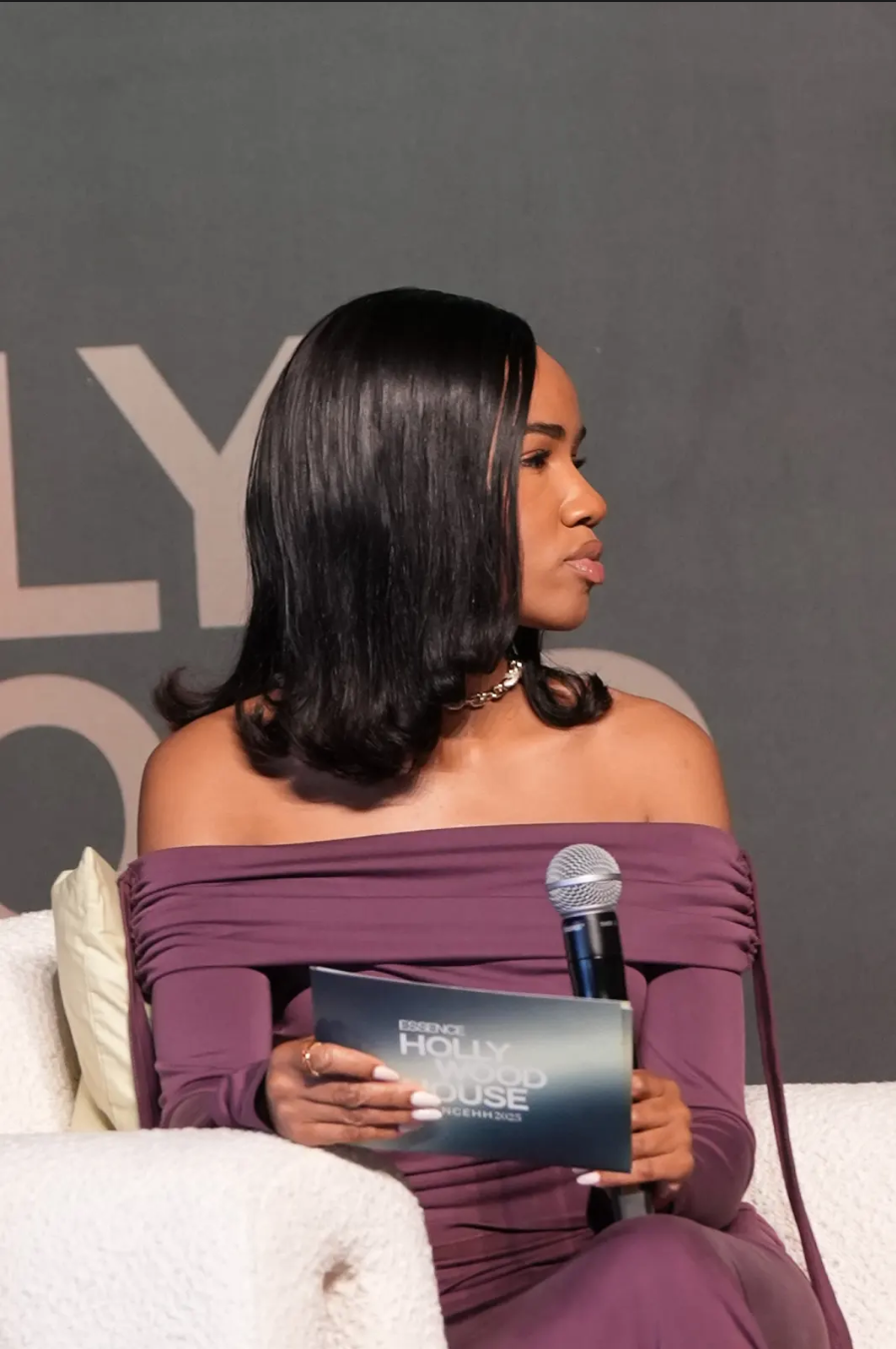
Scroll through TikTok on any given day and you’re bound to see it: luxury shopping hauls, designer unboxings, “soft life” vlogs, and perfectly curated self-care routines. What was once the domain of fashion magazines and celebrity lifestyles is now accessible—and aggressively marketed—to everyday users. But behind the filters and affiliate links lies a growing issue: the pressure to spend, constantly and conspicuously.
In a digital landscape where lifestyle influencers make excess look effortless, social media platforms—especially TikTok—have become a breeding ground for what’s been dubbed “haul culture.” While the trend may seem like harmless content, it can have serious financial consequences, particularly for Black women. Often left out of conversations around generational wealth, yet heavily targeted by aspirational marketing, many are falling into cycles of overspending to project success, self-care, or even worthiness.
In 2023, an estimated 37% of TikTok users in the US made purchases either through links on the app or directly on the platform, with Statista reporting that number reflecting a 31 percentage point growth compared to 2020, as reported by FitSmallBusiness.
“TikTok Shop will now bring shoppable videos and LIVE streams directly to For You feeds across the country – and give brands, merchants, and creators the tools to sell directly through shoppable content on the TikTok app,” TikTok shared with ESSENCE in a statement in 2023 around the time of TikTok Shop’s US rollout. “From studies led by Material, we learned that 70% of people on TikTok say they discover new brands and products through the app, and 83% say that TikTok plays a role in their purchase decision.”
Super convenient, right? A little too convenient. TikTok users have taken to the very app they love to admonish the growing consumerist experience fostered by incessant ads, sales-driven influencer posts and HSN-like TikTok lives led by sellers aiming to move products.
Data shows that ads on TikTok are highly influential, with 56% of U.S. buyers in 2022 reporting that they made a purchase directly inspired by an ad they saw on the app.
Not all influenced users are taking that lightly. The tag #DeInfluencing 2024 has more than 36M posts and continues to grow as users grapple with rising inflation.
“The TikTok Shop stuff was cute at first because I knew the girls were getting their coins,” said TikTok user Cierra Likes Eggs in a post from late 2023. “But at this point, it’s very irritating to me. Every time I come on here, I try to watch a show. I try to relax, decompress after a hard day living in this hard world, being a little girl in this cold world. I scrolled twice, TikTok Shop, TikTok Shop, TikTok Shop, TikTok Shop, TikTok Shop, TikTok Shop.” She added: “They bombarded me.”
Another TikTok user took to the app to discourage others from purchasing viral items pushed on TikTok Shop.
“Let me deinfluence you from buying these viral skincare products. When you see a product only shown in paid ads and no organic content, that should be a red flag,” Dr. Nicole J said in a post. She mentioned some skincare items that were heavily advertised via TikTok shop, including the L’Oreal Snake Peel, which the purported dermatologist says is too harsh and shouldn’t be pushed for users to try at home. Although it’s moderately priced at $19.99 on the TikTok Shop, implementing a new product into an already packed skincare spending budget can quickly add up.
While it’s great to be able to quickly purchase items from the app you’re already using for edutainment, you can quickly find yourself in financial trouble if guardrails aren’t put in place.
One step you can take is reducing the amount of TikTok Shop ads you see.
Do this by filtering out the “#tiktokshop” hashtag in your content preferences, which can be found in the app’s settings.
Access Settings: Go to your TikTok profile, tap the three lines in the top right corner, then select “Settings and privacy”.
Navigate to Content Preferences: Within Settings and privacy, find and tap on “Content Preferences”.
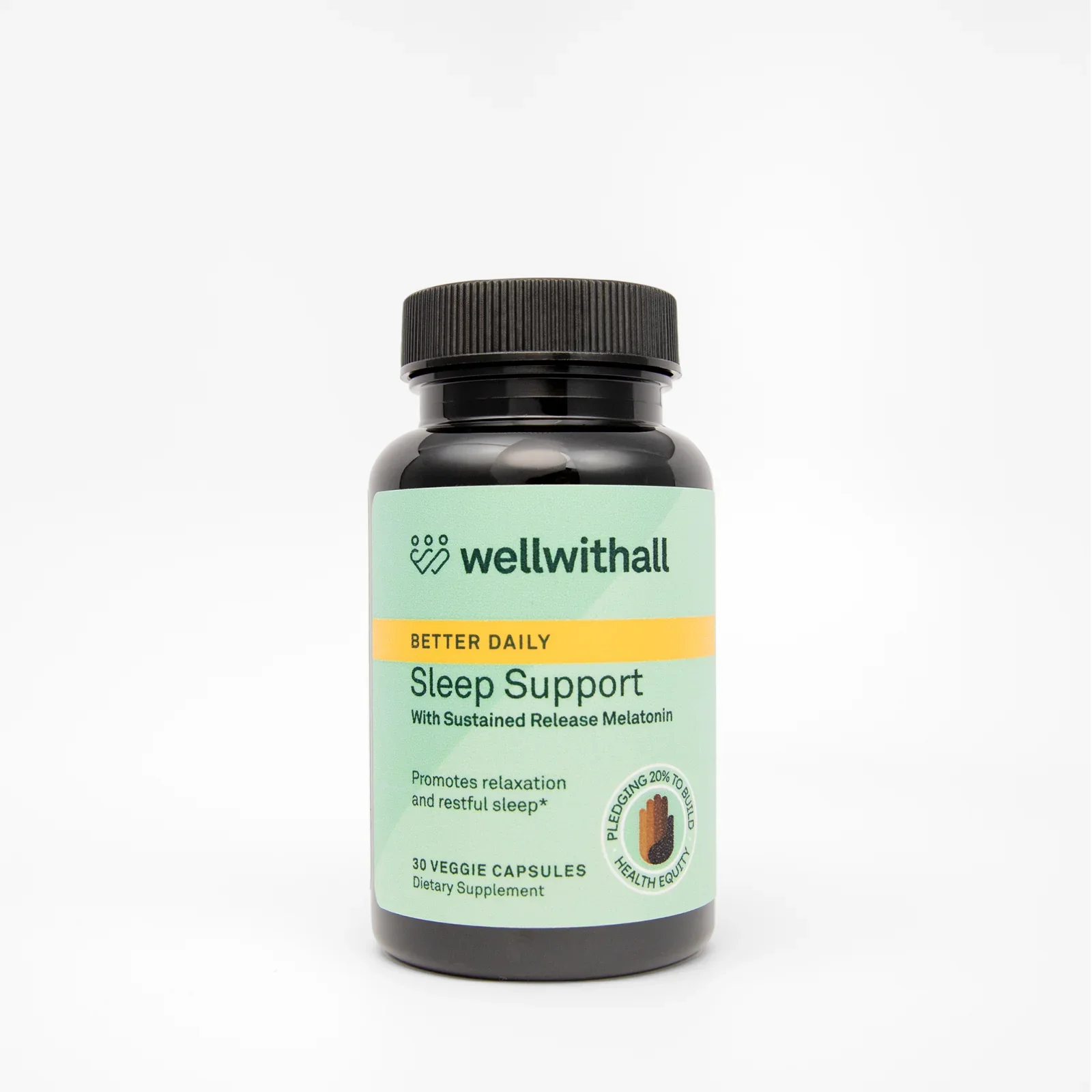
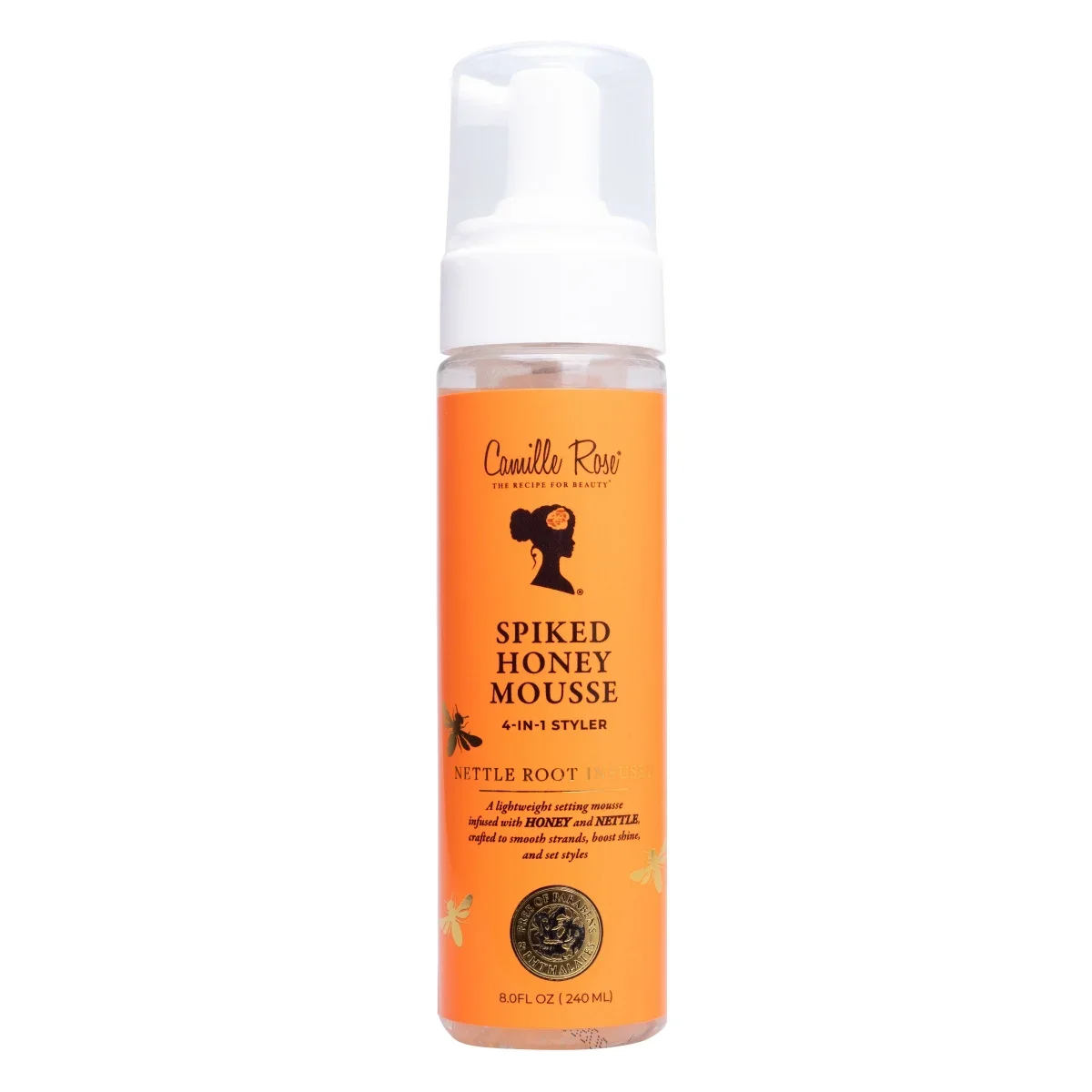
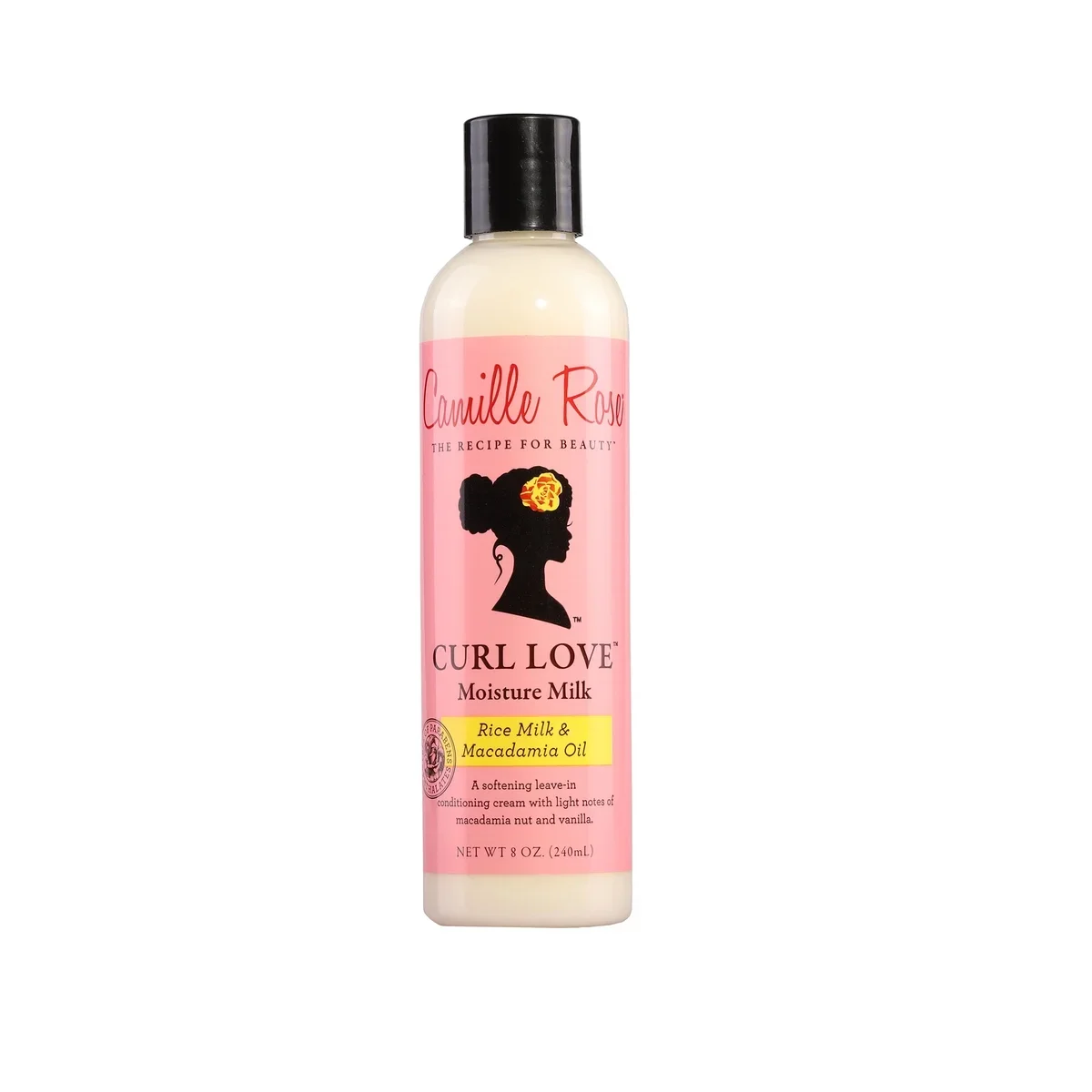
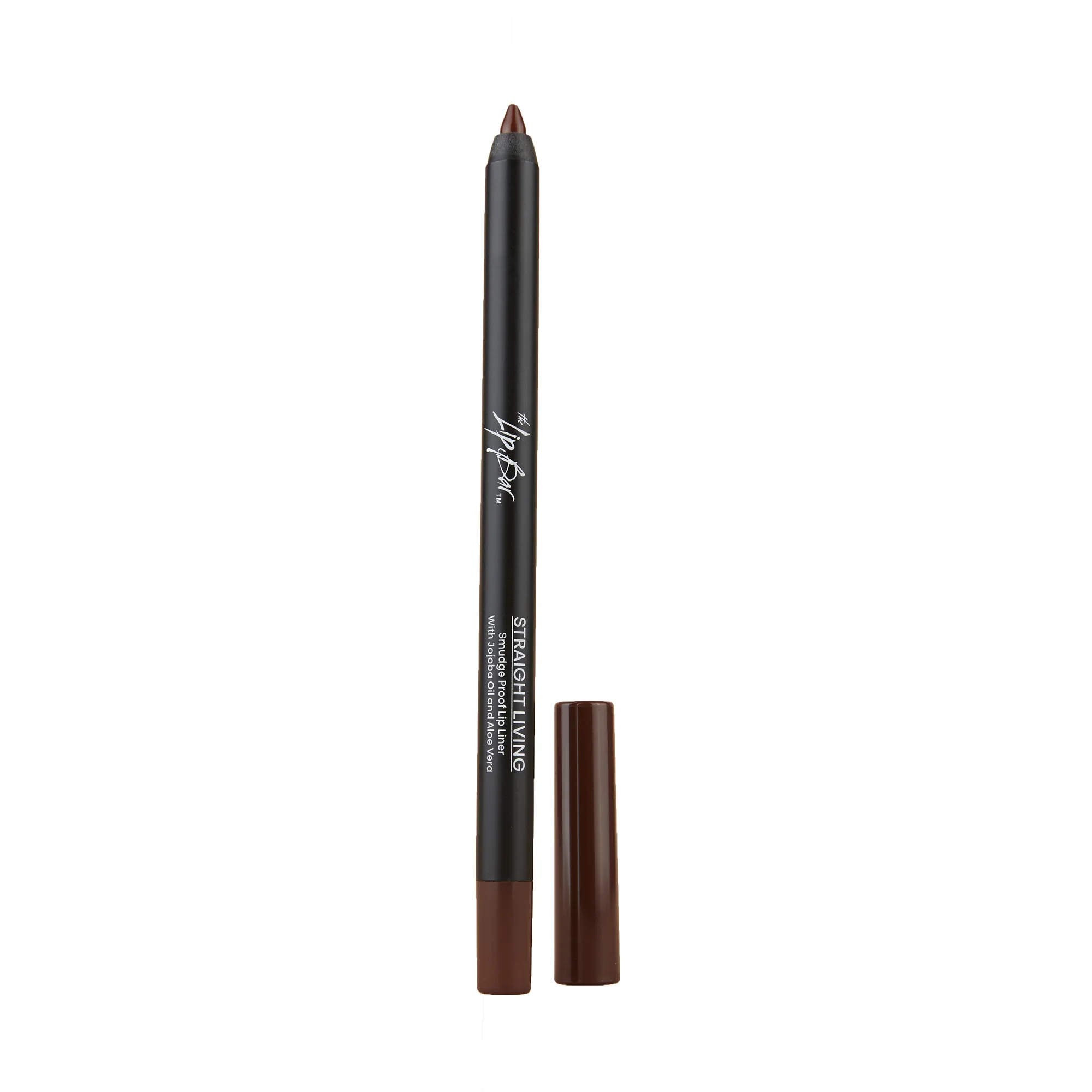
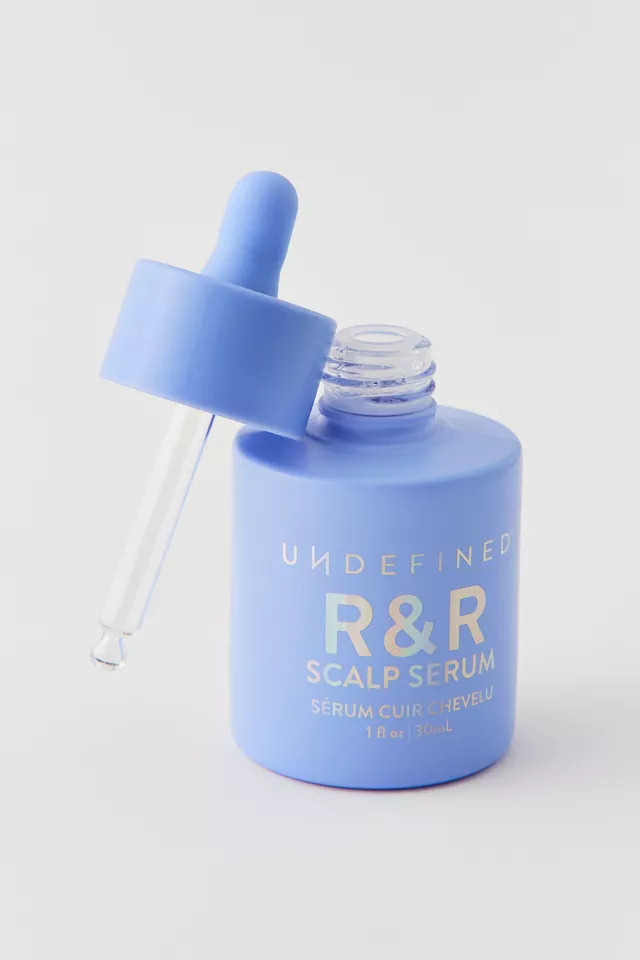
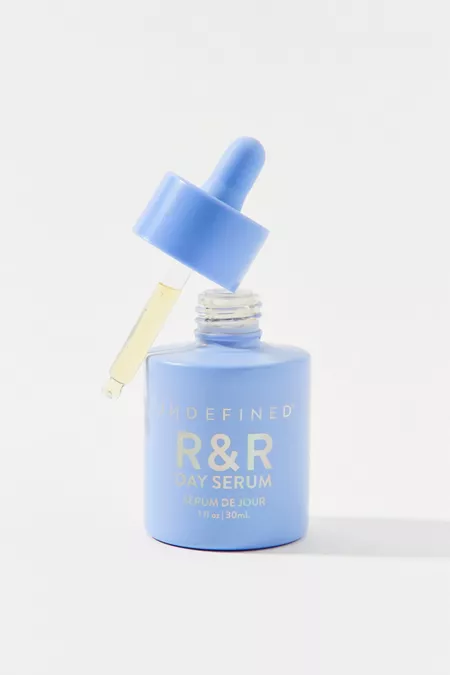
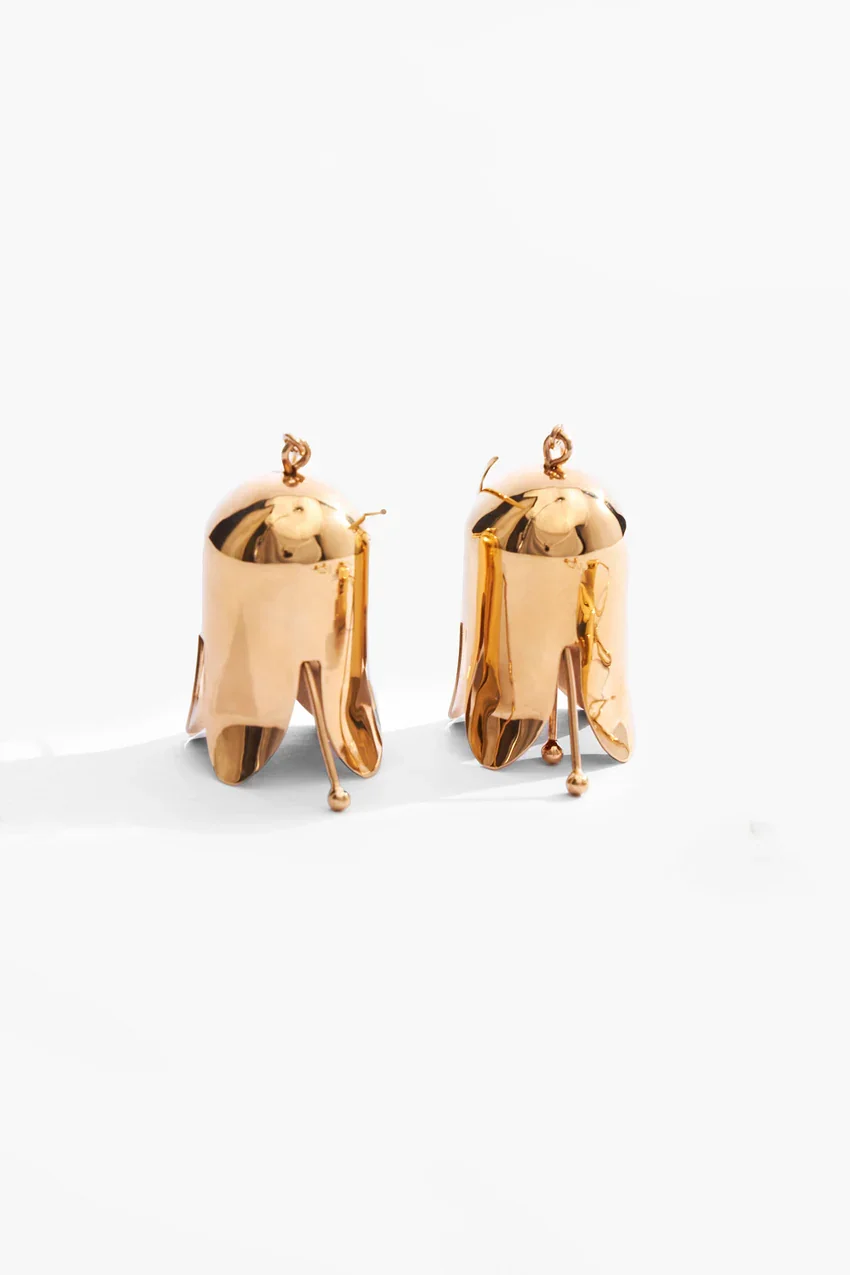
Filter Keywords: Choose “Filter keywords” and enter “#tiktokshop”.
Filter Location: Check both “For You” and “Following” to filter out the hashtag from both feeds.
